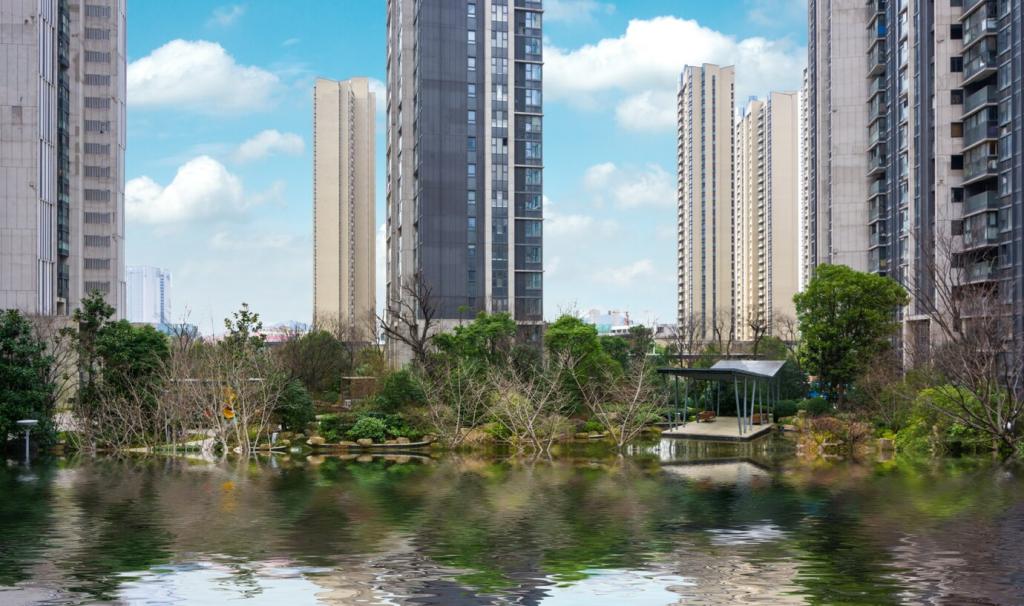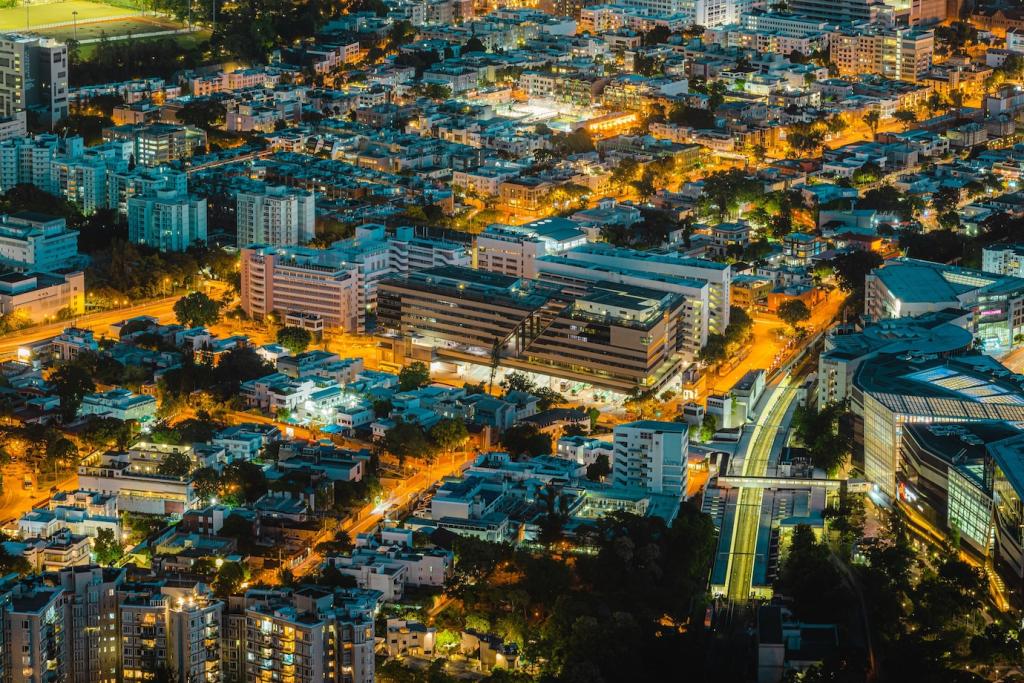Innovative Wind Energy Systems for Cities
The Growing Need for Urban Wind Energy
Cities are adapting rapidly to environmental imperatives, reshaping their infrastructures to prioritize green energy. As population density increases and available land becomes scarce, integrating energy production within city limits is becoming both a challenge and a necessity. Urban wind energy harnesses the architectural heights and air currents unique to these landscapes, effectively transforming the cityscape itself into a tool for sustainability and climate resilience.
Urban populations worldwide are swelling, placing unprecedented pressure on municipal energy grids. Current infrastructure often struggles to keep pace with rising consumption, leading to increased costs and frequent energy insecurity. Innovative wind energy systems, specifically designed for the urban environment, offer a solution to both stabilize supply and foster long-term sustainability, contributing to both the reliability and resilience of city power systems.
Cities are at the frontline of the fight against pollution and greenhouse gas emissions. Smog, heat islands, and deteriorating air quality threaten the health and well-being of urban dwellers. By adopting wind energy, cities can reduce their carbon footprint and lessen dependence on fossil fuels, directly contributing to improved urban air quality and public health. The transition to wind power is thus both an environmental necessity and a public imperative.
Emerging Technologies in Urban Wind Power

Vertical axis wind turbines have gained significant popularity in urban settings due to their compact design and operation in multidirectional, turbulent wind conditions commonly found in cities. Their ability to be installed on rooftops and blend into building designs sets them apart from traditional horizontal-axis models. These turbines are quieter, require less space, and can start generating power at lower wind speeds, making them particularly suitable for urban landscapes where every square meter counts.

Urban Wind Energy and Aesthetic Design
Architectural Integration
Modern wind turbines are breaking away from traditional industrial appearances, incorporating sleek, sculptural designs that blend with iconic city architecture. Designers collaborate closely with engineers to create systems that elevate the visual appeal of buildings and public spaces. This synergy ensures that wind energy infrastructure contributes to the city’s character, making sustainability visible and inspiring community pride.
Artistic Turbine Installations
Beyond functionality, innovative wind energy systems can also serve as public art. Some cities are experimenting with turbine installations that double as eye-catching sculptures or kinetic art pieces in parks and plazas. These creative solutions redefine how renewable energy is perceived, fostering a sense of engagement and curiosity while providing tangible power generation benefits.
Harmonizing History and Innovation
Integrating contemporary energy systems into cities with rich architectural heritage is a delicate process. Preservationists and developers work hand-in-hand to ensure that new wind installations honor historical aesthetics while propelling buildings into a sustainable future. Smart placement, material choices, and subtle design cues allow wind systems to enhance—not detract from—a city’s unique visual and cultural identity.

Urban wind installations must comply with a web of local codes, zoning bylaws, and building permits. Navigating these regulations often requires coordination between city planners, developers, and policymakers. Continuous advocacy, updated guidelines, and pilot projects are helping to create a regulatory environment that encourages innovation while ensuring safety and community interests are protected.

Space is a scarce commodity in most cities, making the placement and scale of wind energy systems a significant challenge. Engineers optimize turbine size, location, and orientation to extract maximum energy from limited spaces. Modular, scalable designs are especially useful, allowing systems to adapt to various building types without overwhelming their surroundings or encroaching on public spaces.

For urban wind energy to flourish, public acceptance is crucial. Noise concerns, aesthetic apprehensions, and skepticism about efficacy can hinder adoption. Proactive outreach, transparent communication about benefits and challenges, and pilot projects that demonstrate real-world performance are all key to shaping positive public opinion. When residents see tangible results, support for city-wide wind projects grows significantly.
Economic Impact and Feasibility in Urban Settings
Cost-Benefit Analysis
Urban wind energy systems generally require higher initial investments compared to rural installations, due largely to specialized engineering and installation complexities. Yet, these costs are increasingly offset by long-term savings in energy expenses, improved property values, and reduced environmental remediation. With lifecycle assessments and detailed cost-benefit analyses, cities are recognizing that strategic wind investments can yield substantial economic and ecological returns.
Incentives and Funding Opportunities
Government incentives, grants, and public-private partnerships are essential drivers of urban wind energy projects. Many municipalities now offer tax breaks, funding assistance, and streamlined permitting processes to encourage adoption. These incentives reduce the financial burden on building owners and developers, making wind energy more accessible and accelerating widespread implementation across diverse urban neighborhoods.
Commercial and Residential Payback
The return on investment for wind energy installations in both commercial and residential properties depends on variables such as wind availability, energy consumption patterns, and integration with other renewables. Technological advancements have shortened payback periods, with some well-positioned installations breaking even within a few years. As more case studies emerge and technology continues to improve, wind energy becomes an increasingly attractive option for urban homeowners and businesses seeking stable and predictable long-term savings.
Reducing Carbon Emissions
Wind energy produces zero direct emissions, making it an essential tool for cities aiming to cut their greenhouse gas outputs. As a clean source of power, wind directly displaces electricity generated by fossil fuels, reducing the environmental impact of urban energy consumption. This shift not only supports city-wide emission targets but also serves as a model for other regions striving for decarbonization.
Enhancing Local Air Quality
By replacing polluting power sources, wind energy systems contribute significantly to cleaner urban air. Improved air quality reduces the incidence of respiratory illnesses, enhances quality of life, and fosters healthier communities. These benefits extend beyond environmental metrics, positively impacting public health systems and lowering associated healthcare costs for municipalities.
Supporting Broader Sustainability Goals
Urban wind energy is not just about electricity production; it enables cities to advance interconnected sustainability objectives. By fostering local energy independence, reducing environmental impact, and stimulating green job creation, wind power supports broader agendas such as smart city development, climate resilience, and community empowerment. The ripple effect of urban wind projects thus extends far beyond their immediate output.
